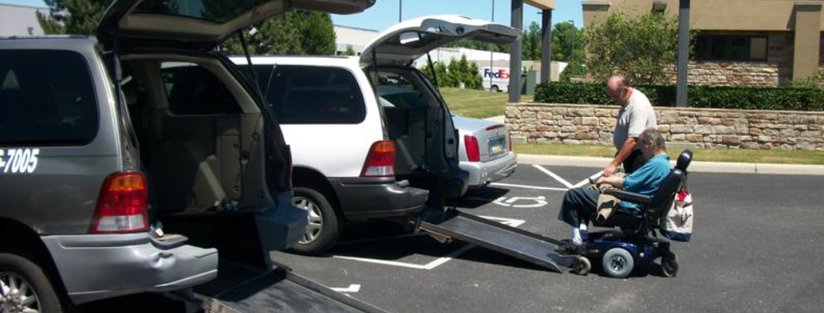Medical transport services have come a long way today from the standard vehicles of the past. Utilizing the latest, cutting edge technological facilities, and equipped with highly trained medical staff, the modern-day transport vehicles are true life-saving heroes. However, the best patient transport ambulance is not just equipped with the latest technological facilities, but also able to reach the crisis site on time, and minimize the damage effectively. The existing medical transport services in India today can broadly be divided into two categories, non-emergency medical transport, and emergency medical transport. However, depending on the particular crisis, the location of the site, and the destination, there are several different kinds of ambulances which are deployed to provide assistance. Enumerated below are the various kinds of medical transport services currently operating in India, including non-emergency medical transport, as well as emergency medical transport.
Emergency Medical Transport
1. Emergency Ground Ambulance – Ground ambulances are the most commonly used mode of EMS services today, but depending on the crisis, a number of different kinds of ground ambulance services are available:
· Basic Life Support (BLS) Ambulance: BLS ambulances are best suited to attend to situations where advanced medical support or cardiac monitoring is not required until the patient reaches the hospital. They are equipped with basic lifesaving facilities such as a blood pressure monitor, stretchers, oxygen cylinders, and the like, which help stabilize the patient and keep him comfortable, until more advanced medical assistance is available.
· Advance Life Support (ALS) Ambulance: ALS ambulances are meant for circumstances where the patient is in a critical condition, and a higher level of care is required than what BLS ambulances can provide. These ambulances are specialized units staffed with a trained paramedic or doctor to provide urgent medical assistance to patients who are critically ill, injured, or suffering from cardiac issues. As such, they are equipped with advanced life support facilities which are necessary for stabilizing patients in a critical condition, such as IV supplies, ventilators, defibrillators, cardiac monitors, oxygen cylinders, incubators, nebulizers, blood pressure apparatus, resuscitation kits, and more.
2. Emergency Air Ambulances – Air EMS services are necessary when the patient is in a highly critical condition, and a minute’s delay could spell life and death for him. Emergency air ambulances typically use helicopters and even planes, to minimize the transportation time, covering large distances in a small period of time. They are also necessary when the site where the patient is located is remote and inaccessible by road transport. These ambulances are equipped with a full-fledged medical crew which has been specially trained in critical pre-hospital care protocols to ensure the preservation of the patient’s life, until further assistance can be provided. Besides the presence of qualified emergency physicians and paramedics, these ambulances are also fitted with all advanced life support facilities available in an ALS ambulance, with paramedics monitoring the patient’s vitals, administering shots and medication, and stabilizing the patient for transport to emergency rooms or trauma units. These are commonly considered the best patient transport ambulance available due to their affordability, quick response time, and advanced facilities designed to help save lives even in a highly critical situation.
Non-Emergency Medical Transport
1. Ground Ambulances – Non emergency ground ambulances are the most commonly used medical transport services in use, equipped with basic respiratory systems, oxygen cylinders, stretchers, and a saline administration setup. These ambulances are required for patients who need to be monitored constantly, but don’t require time-sensitive critical assistance, along with those who are handicapped and need mobility assistance. While not exactly the best patient transport ambulance in existence, a non-emergency ground ambulance is considerably more affordable than others, and are the most popular.
2. Air Ambulances – Non emergency air ambulances are mostly used when the distance to be covered is considerably huge, and road transport is neither efficient enough to get the job done, nor stable enough for the patient. In addition to that, the area where the patient is located is often too inaccessible for road transport to be a viable option, making air ambulances the most efficient choice.
Today, medical transport systems in India have grown by leaps and bounds. However, owing to the high costs, along with the lack of accessibility and awareness, several lives continue to be lost due to adequate medical assistance not being available in time. As such, innovation in the healthcare industry is helping introduce several other means of urgent medical assistance to combat the same. The recently launched emergency water transport services in Kerala bears further testament to this, and is a harbinger of exponential developments and advancements in the EMS sector.


